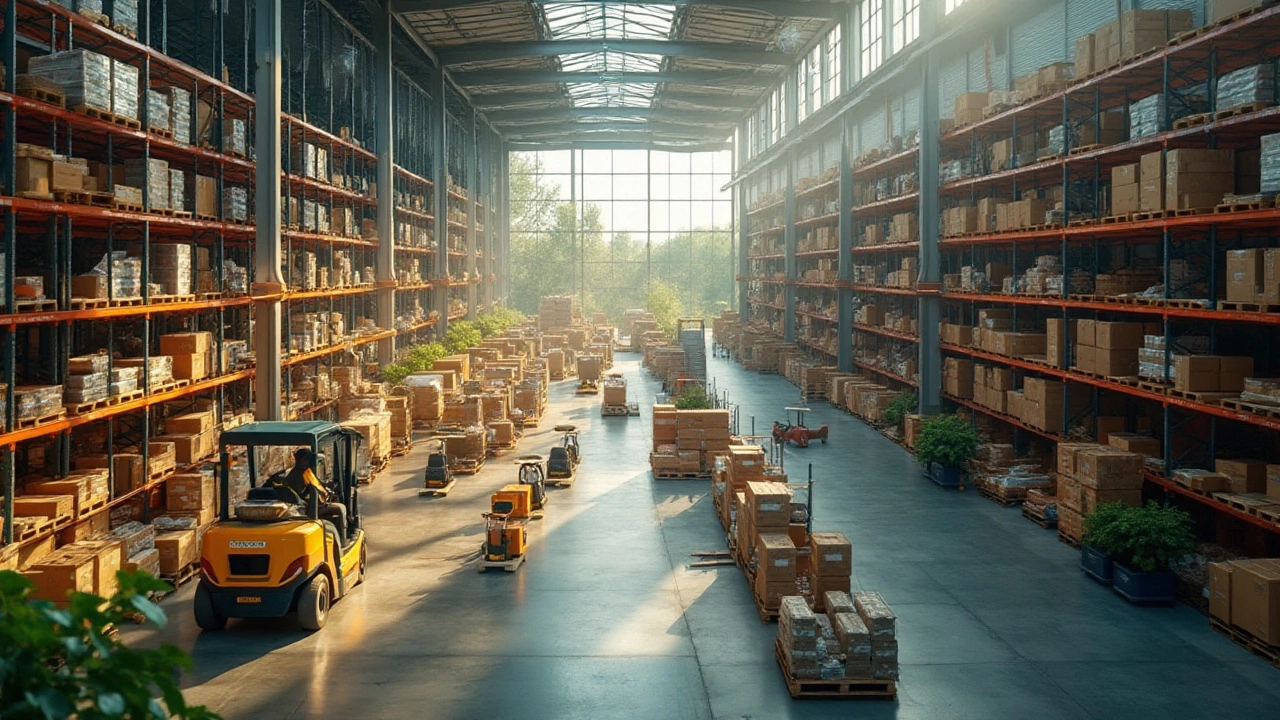Largest Warehouse: Why Size Really Matters in Logistics
Ever wondered what makes a warehouse "largest" and why that matters to your business? It’s not just bragging rights – bigger spaces can cut travel time, lower handling costs, and boost inventory accuracy. In simple terms, more square footage means smoother moves and happier customers.
Why Size Matters in Logistics
A massive warehouse gives you room to store a wider product mix, so you can keep popular items on hand without constantly re‑ordering. It also lets you create dedicated zones – picking, packing, returns, and cross‑docking – which speeds up each step. Think of it as a well‑organized kitchen: the more countertop space you have, the faster you can prep meals.
With larger footprints, you can invest in automation like conveyor belts or robotic pickers without cramming them into tight aisles. Automation thrives on clear pathways, and a spacious layout reduces bottlenecks. The result? Faster order processing and lower labor costs per order.
Examples of the World’s Largest Warehouses
One headline‑grabber is the biggest Amazon fulfillment center, located in St. Louis, Missouri. It spans more than 3.8 million sq ft – roughly the size of 66 football fields. The facility handles millions of packages daily, using a mix of robots and human pickers to keep the flow steady.
Another giant is the Alibaba Cainiao hub in Jiading, Shanghai, covering about 1.1 million sq ft. It serves as a central node for cross‑border shipments, allowing the company to move goods between continents in just a few days. The sheer size lets them store a huge variety of products and ship them out quickly.
Even smaller markets have impressive sites. For instance, a leading Indian logistics firm runs a 1.5 million sq ft warehouse in Mumbai that doubles as a distribution hub for e‑commerce retailers. Its size lets them stock both fast‑moving fashion items and bulk industrial supplies under one roof.
What these examples share is a focus on strategic layout. They don’t just build big spaces; they design every aisle, dock, and shelving system to cut travel distance. The rule of thumb? Keep the longest pick path under 100 ft and you’ll see noticeable speed gains.
If you’re considering expanding your own warehouse, start by mapping out current workflow bottlenecks. Identify which processes need more room – maybe a separate returns zone or a larger staging area for outbound shipments. Then calculate the ROI: larger space usually means lower per‑unit handling cost, which can pay for itself within a few years.
Don’t forget the tech side. Modern warehouse management systems (WMS) can optimize space usage by suggesting the best slotting strategy. Pair a WMS with real‑time data on inventory turnover, and you’ll know exactly where to place fast‑moving SKUs for quick picks.
In short, the largest warehouse isn’t just about bragging rights; it’s a strategic asset that can boost speed, cut costs, and improve customer satisfaction. Whether you’re a start‑up or an established retailer, thinking about size and layout early on will set you up for long‑term growth.
Discovering the Largest Warehouse in the United States: A Logistics Marvel
The largest warehouse in the United States stands as a testament to the rapidly evolving logistics industry. This giant facility not only embodies the pinnacle of warehousing capacity but also showcases a seamless integration of advanced logistics software. Uncover what makes this warehouse a logistical marvel, from its vast space and significant location to the cutting-edge technology it employs. Learn how its size and management impact the wider logistics chain, setting benchmarks for efficiency and innovation.
Read More